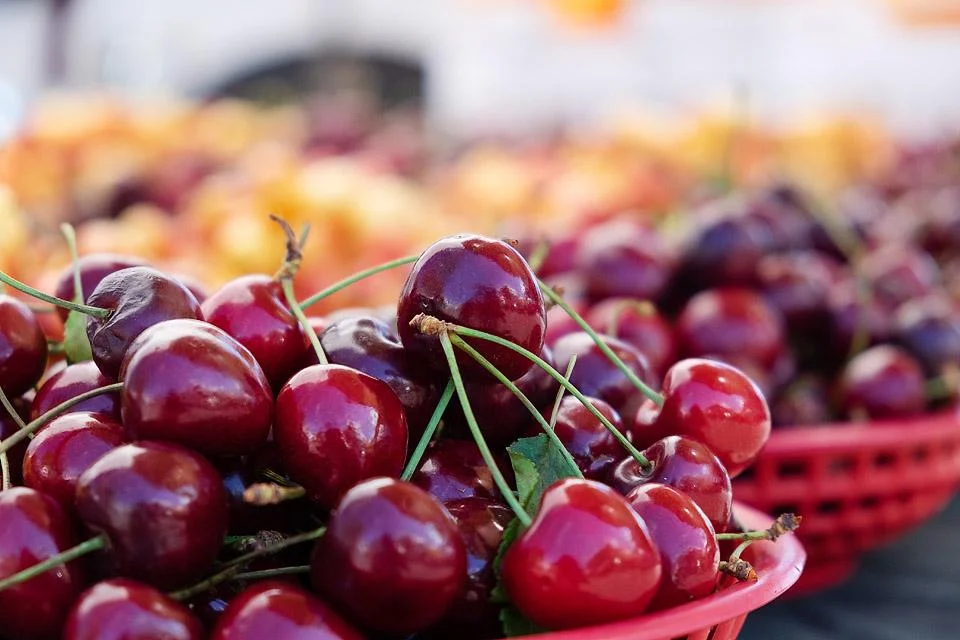



Article by: Hari Yellina
About 95% of all cherry farmed in Canada are grown in British Columbia (BC). It is the last cherry-growing zone in North America, and harvest begins even later this year than usual. “Instead of starting on July 1, we’ll start around ten days later, around July 10,” says Julie McLachlan of Jealous Fruits. The Santina and Cristalina kinds, which are cultivated on some of the company’s oldest blocks in the valley, are used to begin production. “Volumes will be light when these kinds’ harvest begins around July 10.” “They won’t start ramping up until the Lapin variety comes into production at the end of July,” she said. Jealous Fruits hopes to have a full output capacity from then until the season ends in September.
The chilly spring weather contributes to the season’s later start. Low temperatures slowed the blooming process, with some blocks not blooming until the last week of May. Because pollination was good, the crop was not harmed by the later bloom period; it simply delayed maturity. The province anticipates a harvest size of around 75% of what they had predicted previously. “However, the fruit is shaping out wonderfully,” McLachlan said. “The production yield was great last year, but the cherries were little.” The yield is predicted to be smaller this year, but the fruit size is expected to be larger.”
Harvesting late, according to McLachlan, will be beneficial to the market. “Because of the later start, there will be less overlap with Washington state,” she explained. The majority of the BC crop will hit the market in August and September, which is a favourable window because there will be very little competition. Another advantage is that China’s Moon Festival will take place earlier this year, on September 10th. “Due to our late harvest, we will be able to fly cherries to China for this significant event.” The demand for BC cherries is expected to be high, according to McLachlan. “Most likely, a bigger number of cherries will be exported overseas this year than last, as the airfreight situation has improved and the size profile is predicted to be very well adapted to export markets,” says the researcher.
China, Southeast Asia, Europe, and the Middle East are the main export destinations for BC cherries. Cherries for the Canadian and US markets are delivered by truck closer to home. “We are optimistic that we will be able to get truckers, but the price is uncertain.” Sea freight is no exception to the rule of uncertainty. “There are so many delays all across the world.” “All we have to do now is react as we get closer,” she remarked. Despite the fact that the BC cherry harvest is still a long way off, the industry is cautiously hopeful about the next season. It’s cherry season right now, with temps ranging from 20 to 24 degrees Celsius. In addition, it appears that the labour situation has improved.
“We’re in good shape labor-wise,” McLachlan said, “since we’ve been able to expand the number of individuals coming in from Guatemala and Mexico.” Canadians are also showing an increased interest in helping pick the fruit, and the worldwide working holiday visa programme has resumed following a halt during the pandemic. “Working on our farms during cherry harvest generates a lot of attention. About 20% of the labour has come so far, with the remainder arriving in late June/early July.”